What is the tolerance range of precision screws?
What is the tolerance range of precision screws?
Service Hotline
+86760-8787 8587We have more than ten years of experience in screw industry production, the main products are: 8-level flat gasket, furniture link nut, hinged eye bolt, hex bolt and nut, bottom hole 7.2 large outer diameter, large umbrella head screw, copper rivets, GB91 hairpin pin, hand-tightening adjustable screw, connection model aircraft body aluminum rod inner tooth hexagon nut, standard u-bolt, round head three combination screw screw, cross rivet, slotted S-shaped screw, 10-level flat washer, etc. Due to the different materials and specifications of the products, the prices are also different, if necessary, please contact us.


Fig. 1, Fig. 2, and Fig. 3 show that the rivet nut is cut into the required blank from a chemically treated low carbon steel disc, and the blank is placed in the die, and the upper and lower punches are used for shaping to obtain a shaped blank. , and then put the shaped blank in the die, use the punch punch to cold-head out the required brim blank (1) and the deformed skirt (2), and then use the punch punch in the die to continue Cold heading out the brim blank (1) and the deformed skirt (2). Then put the semi-finished material into the concave die and use the punch of the punch to continue to squeeze the threaded hole (3) of the nut tapping skirt, and then put the semi-finished blank into the concave die and use the upper punch and the lower sleeve to drop it. material. There are fish teeth (6) below the brim; the outer side of the lower end of the threaded hole is provided with a chamfer (5); the cross-section of the thread of the inner wall of the threaded hole is an isosceles trapezoid, and the upper bottom of the trapezoid is a concave arc (4), In this way, the riveted object is firmly connected to the rivet nut.
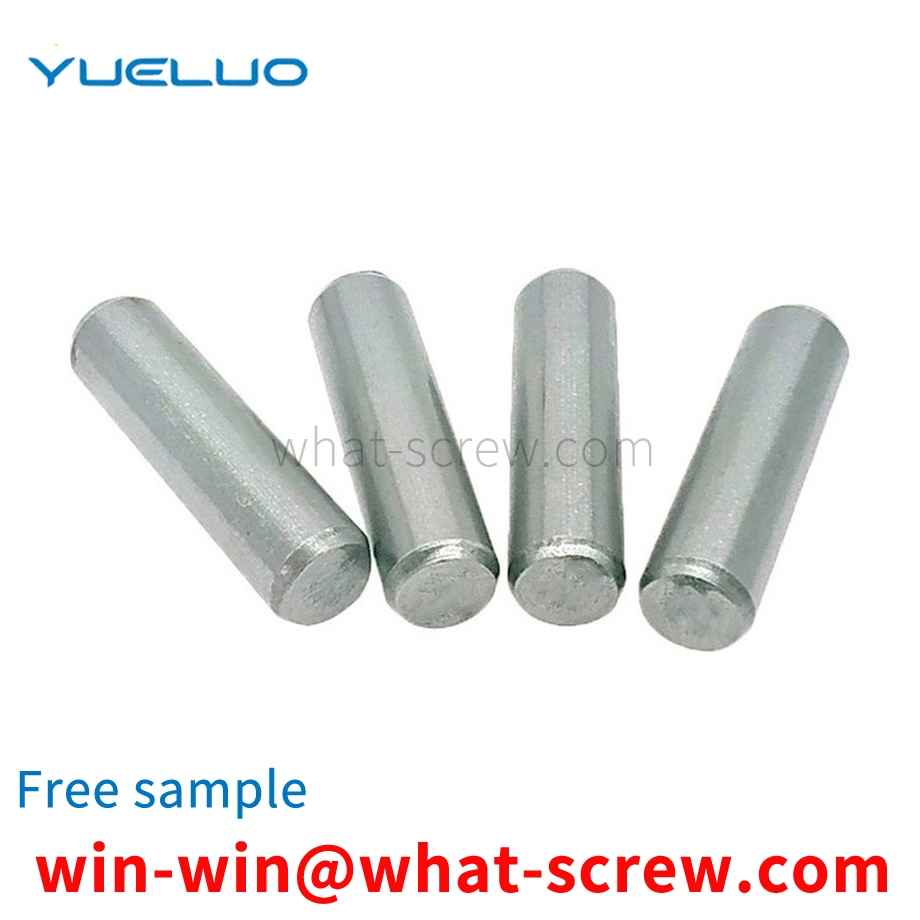
In another embodiment of Guangdong Yueluo Hardware Industry Co., Ltd., the slotting device 4 includes a motor 41 and a motor 43, the cutting wheel 42 is fixedly arranged at the output end of the motor 41, and the motor 41 drives the cutting wheel 42 to rotate to open the screw. slot, the motor 43 is fixedly arranged on the workbench 1, the motor 41 is arranged on the motor 43, a track 47 is arranged between the motor 41 and the motor 43, the motor 41 can reciprocate through the track 47, and when the screw is slotted, the motor 41 drives the cutting wheel 42 to move in the direction of the screw. When the slotting is finished, the motor 41 drives the cutting wheel 42 to retract. The fixed wheel 48 is arranged at the output end of the motor 43. The fixed wheel 48 is located directly below the cutting wheel 42. The surface of the middle screw is in contact, and the motor 43 drives the fixed wheel 48 to rotate to grind and polish the surface of the slotted screw to make the surface smooth. Preferably, the direction of rotation of the cutting wheel 42 and the fixed wheel 57 is opposite.
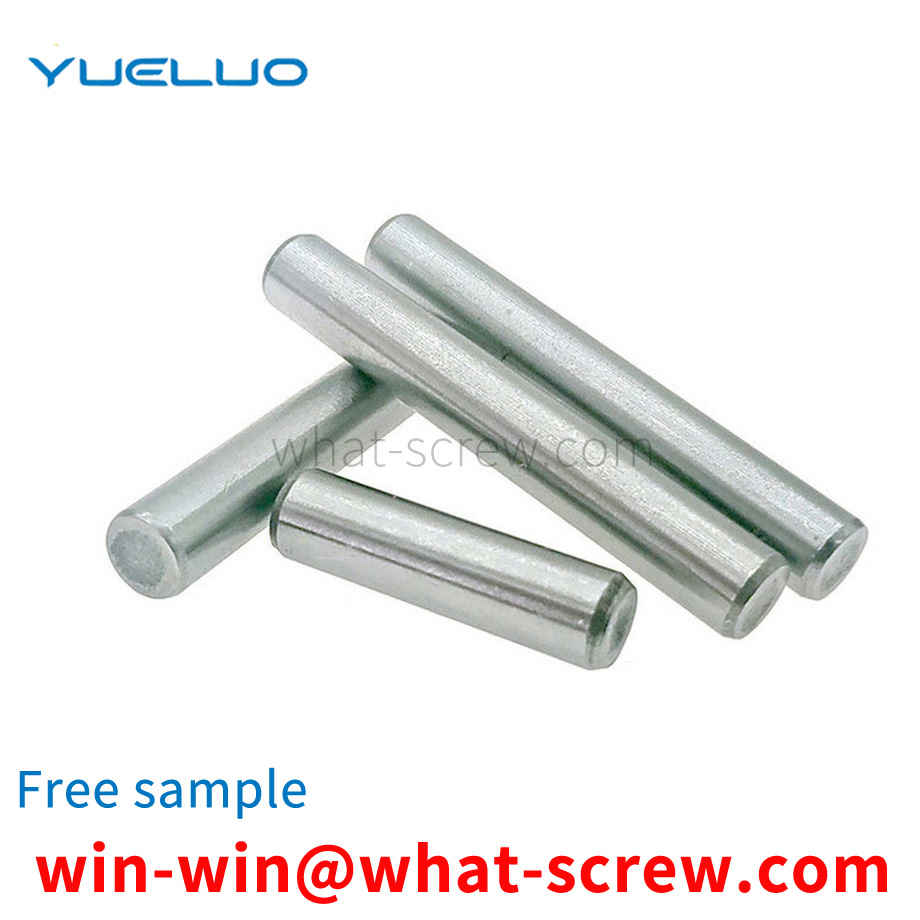
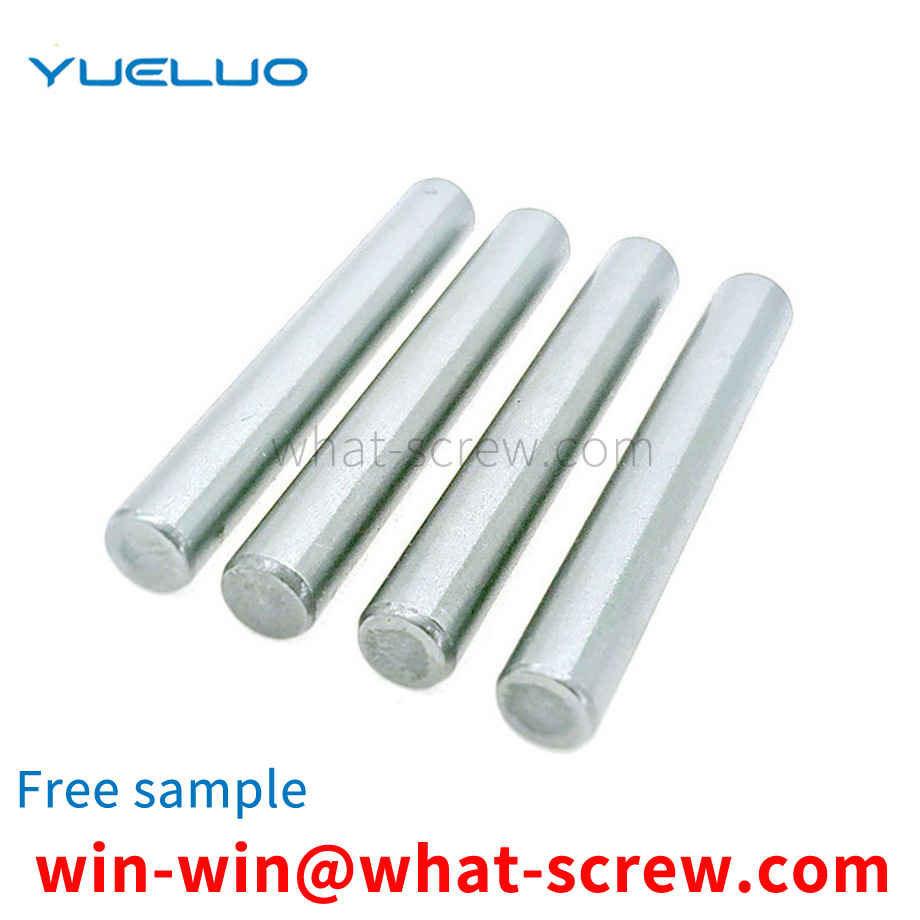
Guangdong Yueluo Hardware Industry Co., Ltd. provides a screw positioning pin, which is composed of a main body part and an insert part. The main body part is a circular boss structure, and the bottom of the circular boss structure is provided with a rectangular groove. The inserting part is fixed on the middle part of the upper surface of the main body part, the lower part of the inserting part and the contact section of the main body part are in a circular truncated structure, the upper part of the inserting part is a cylindrical structure, and the outer surface of the cylindrical structure is provided with threads; the screw positioning pin , The structure is simple and the design is ingenious. The special structural design of the main part and the insert part can be positioned between the punch and the die in the first processing process, effectively reducing the gap formed during the processing between the punch and the die. Firmly fixed, suitable for the needs of large-scale industrial production.
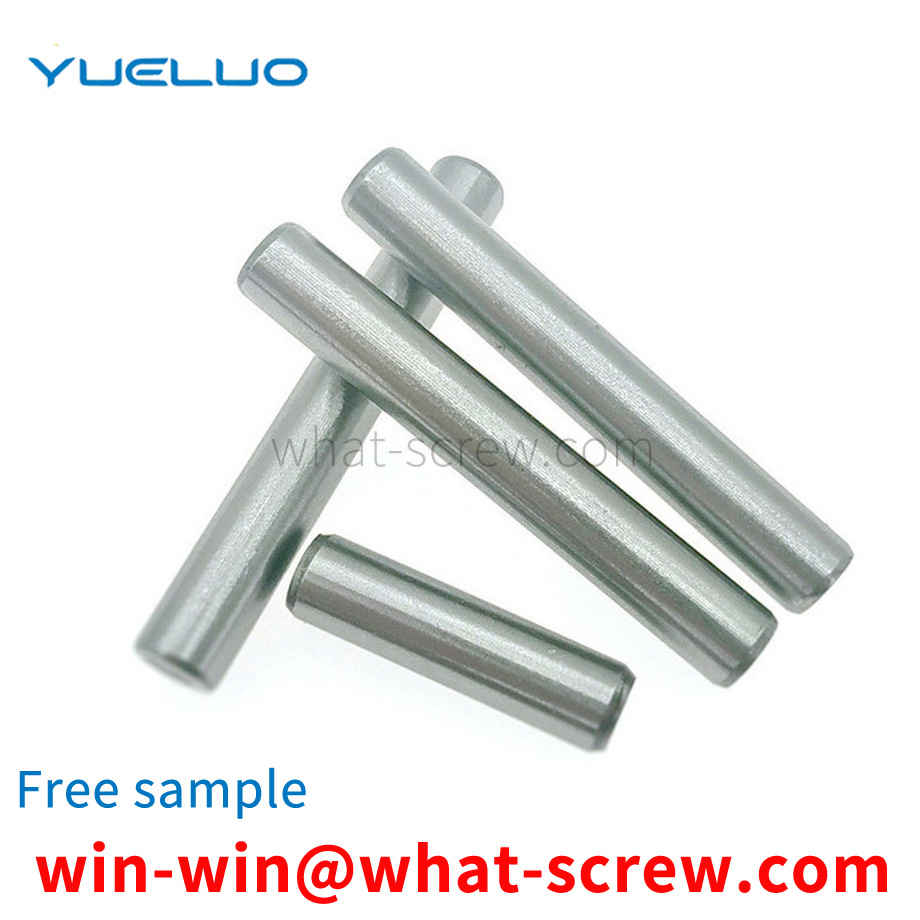
Various stainless steel materials have different properties due to their different material contents, so the corrosion resistance is also different. The following is a brief explanation of several commonly used materials: 304 is a universal stainless steel, which is widely used in the production of good requirements. Equipment and components with comprehensive properties (corrosion resistance and formability). 301 stainless steel exhibits obvious work hardening phenomenon during deformation, and is used in various occasions requiring higher strength. 302 stainless steel is essentially a variant of 304 stainless steel with higher carbon content, which can obtain higher strength by cold rolling. 302B is a kind of stainless steel with high silicon content, which has high resistance to high temperature oxidation. 303 and 303Se are free-cutting stainless steels containing sulfur and selenium, respectively, and are used in applications where free-cutting and high surface finish are mainly required. 303Se stainless steel is also used to make parts that require hot upsetting, because under these conditions, this stainless steel has good hot workability. 304L is a lower carbon variant of 304 stainless steel used where welding is required. The lower carbon content minimizes carbide precipitation in the heat-affected zone near the weld, which can lead to intergranular corrosion (weld erosion) of stainless steel in some environments. 304N is a nitrogen-containing stainless steel, and nitrogen is added to increase the strength of the steel. 316 (18Cr-12Ni-2.5Mo) material: due to the addition of Mo, its corrosion resistance, atmospheric corrosion resistance and high temperature strength are particularly good, and can be used under harsh conditions; excellent work hardening (non-magnetic).
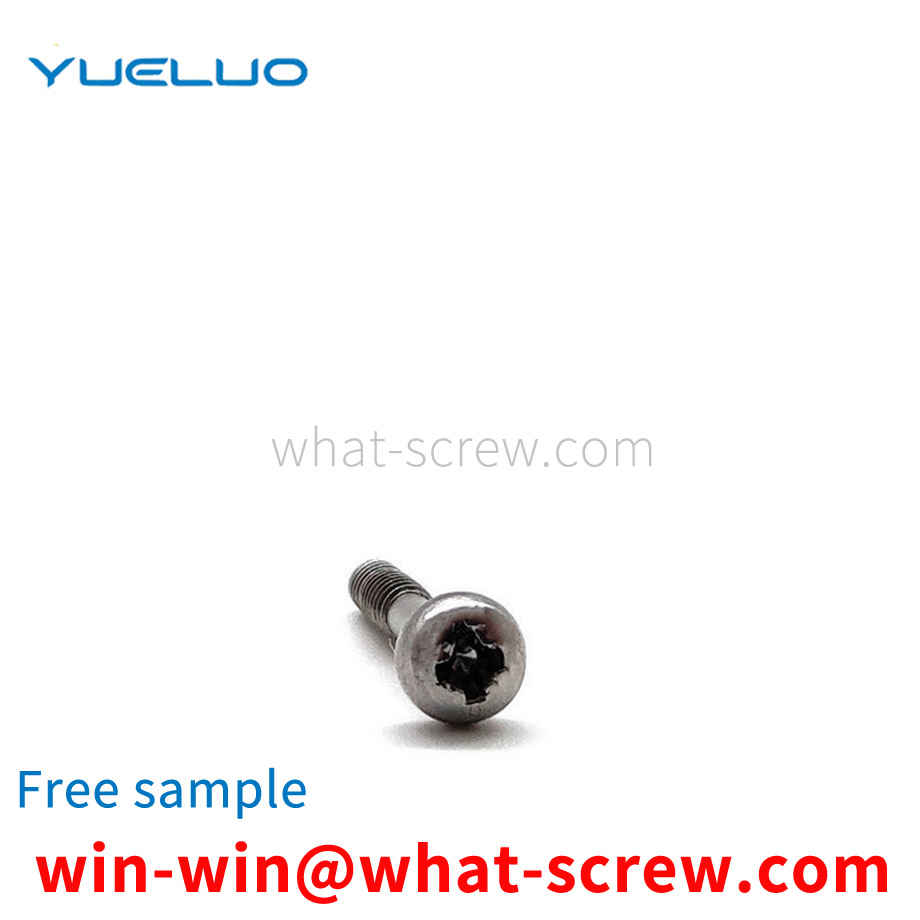
The above content is uploaded by Yueluo or the Internet. If there is any copyright issue, please contact [email protected].

What is the tolerance range of precision screws?

How to choose the right stainless steel screw manufacturer?

Why is there an R angle under the head of the hexagon head s...

We have more than ten years of experience in screw industry ...
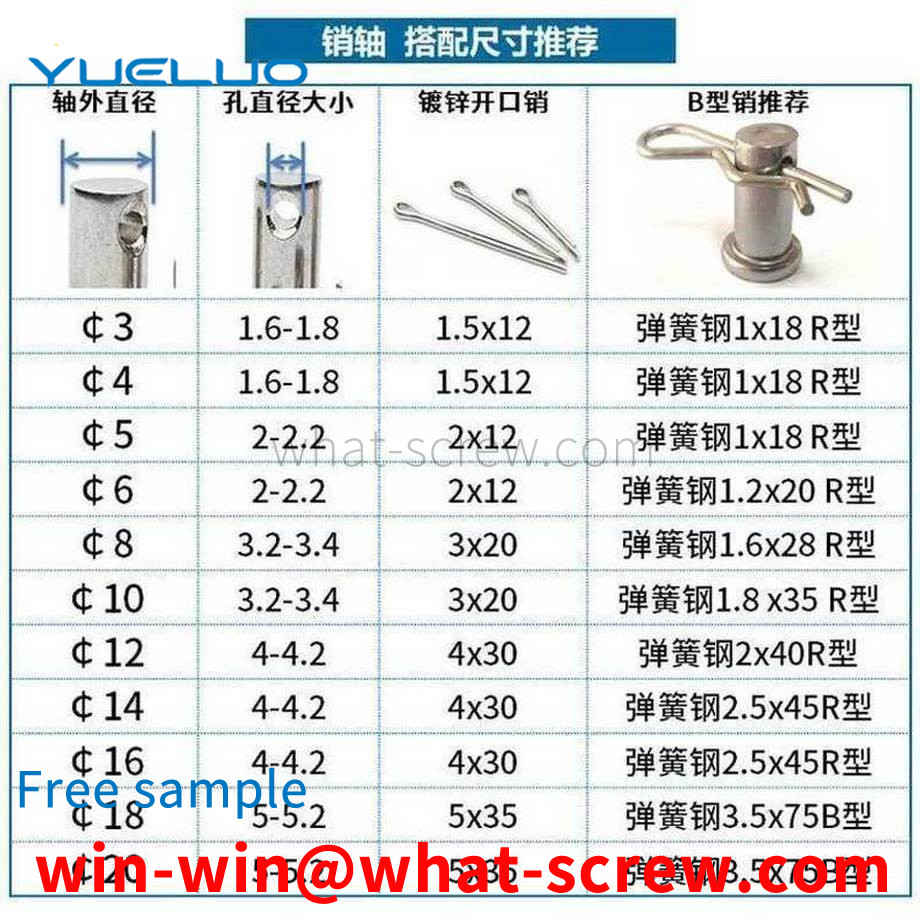
We have more than ten years of production experience in the ...

We have more than ten years of experience in screw industry ...
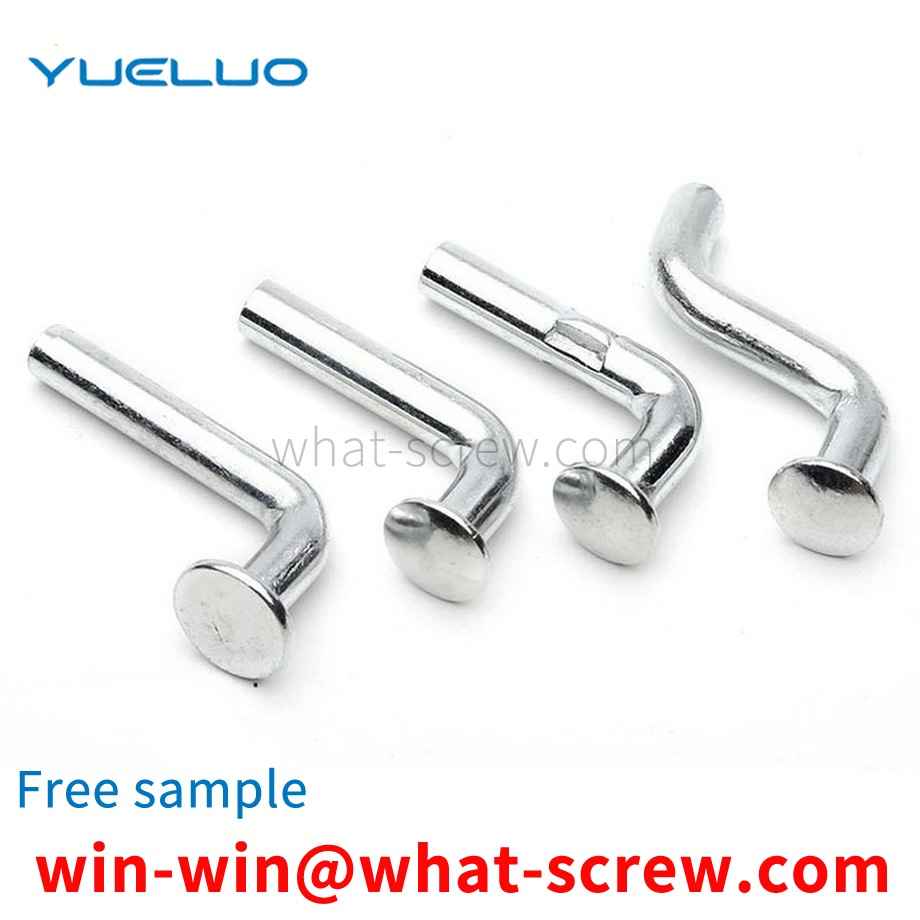
We have more than ten years of production experience in the ...